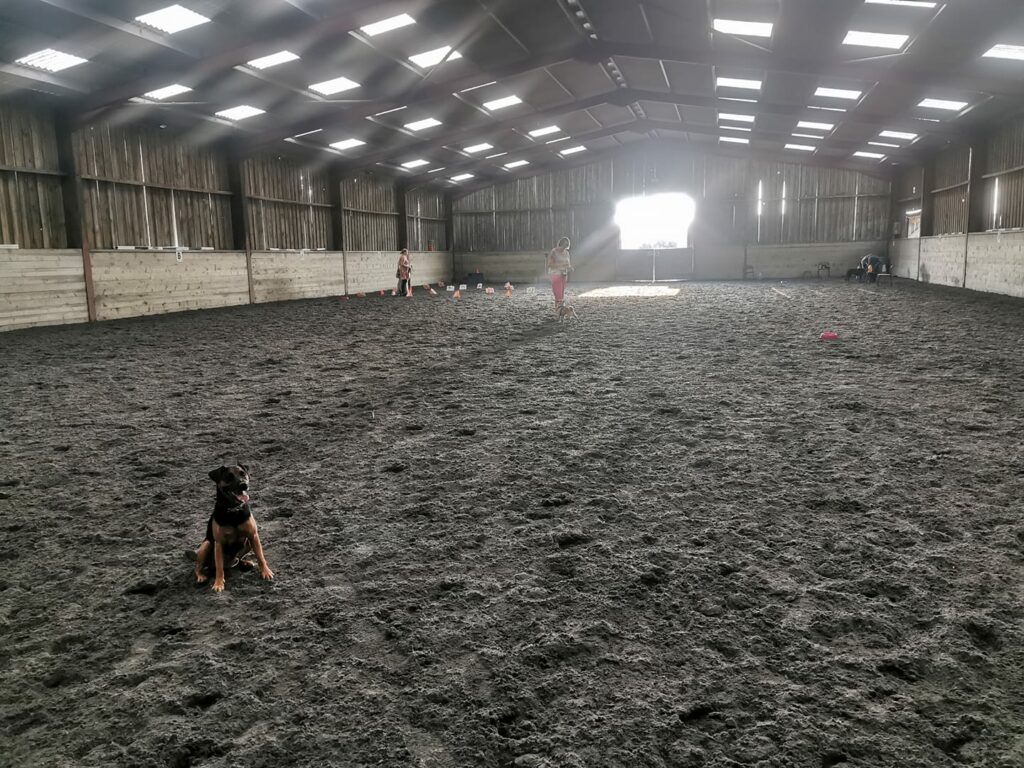Dogs are the kings of context. This can work both to our advantage and disadvantage. If we’ve got an undesirable behaviour that we would like to stop happening, often we can change the context that it occurs in and that’s sufficient to change the dog’s behaviour (this is more successful if you change the context the undesirable behaviours occurs in a way that meets the need of the behaviour the dog is carrying out). However, if we are training a desirable behaviour, often this desirable behaviour is only seen in the context where it was originally trained. For example, if you have a dog who jumps up, they may learn not to jump up on people at home because you can more readily control the environment, but when out and about they will still jump up, or you may have a dog who behaves really well in classes but struggles to transfer that behaviour out and about on walks.

We can also use context to our advantage by turning the context of a situation into a cue for a certain behaviour (or group of behaviours). For example, if you have a multi-dog household and don’t like the dogs playing in the house at all (too noisy, too exciting, someone might get hurt (dog/human), a fight might start, or you simply don’t want the dogs playing indoors!) you can train your dogs to only play outside by redirecting them outside whenever they initiate play. You can create different levels within this by allowing toy play between dogs in the living room, for example, but no toys or playing at all allowed in the bedrooms. Perhaps in the sitting room dogs can play bitey face games but aren’t allowed to play chasing games anywhere except the garden. Once dogs become accustomed to the rules of each room, the context of each room is sufficient for them to adjust their behaviour without additional cues from you.
In terms of training context cues out and about, some of the best uses are teaching your dog that a horse on the path you’re walking means to recall to you (simply recall your dog every time you see a horse, they will start to associate the horse with being recalled), or that stopping to chat to a person on a walk means to lay down and chill out (the perfect alternative for puppies jumping up!). Turning these context cues into behaviours is what makes being with a dog so relaxing and chilled out. Knowing that they’ll recall themselves when you hit certain points on a path you often walk and start to keep themselves out of trouble is wonderful. Of course, you can always recall the dog or cue the behaviour you want outside of those contexts if something unusual were to arise but it’s lovely when your dog offers the behaviour you want ahead of you asking for it!
Even generalised context cues such as when the lead is on, walk next to me, or when faced with a gate, go through politely can be hugely helpful in day-to-day life and can make the difference between having to train in scenarios throughout a walk or simply enjoying a walk with your dog!
Are there any context cues you use with your dogs? Are there any you would like to use but are unsure how to train? Let me know in the comments.
